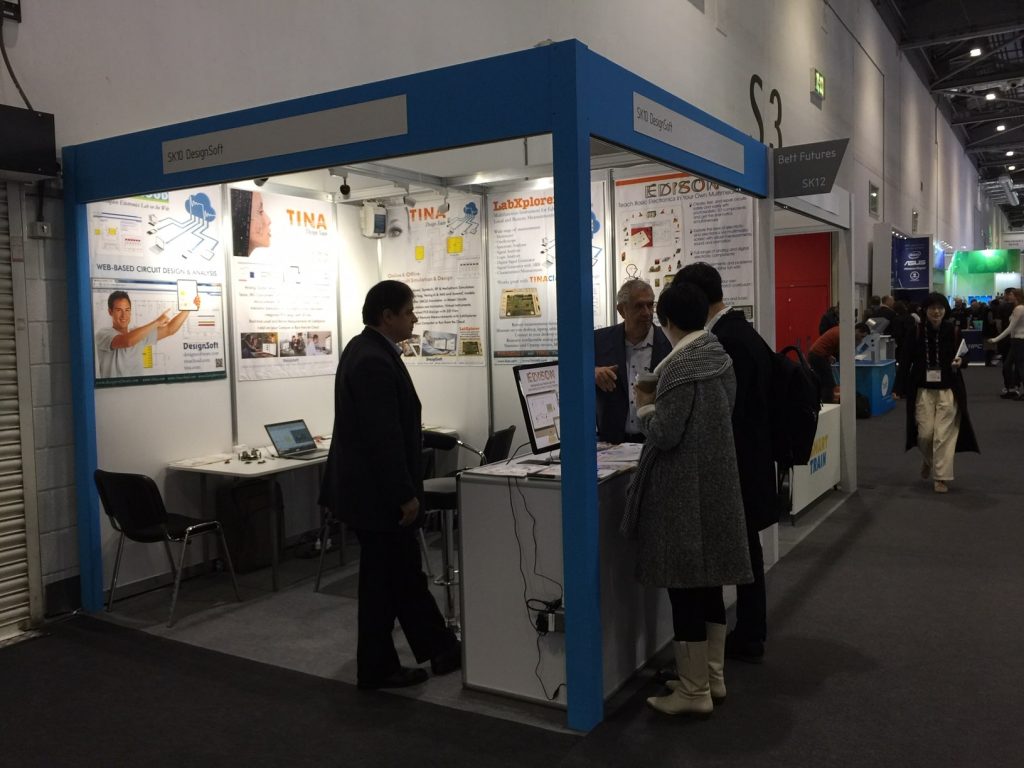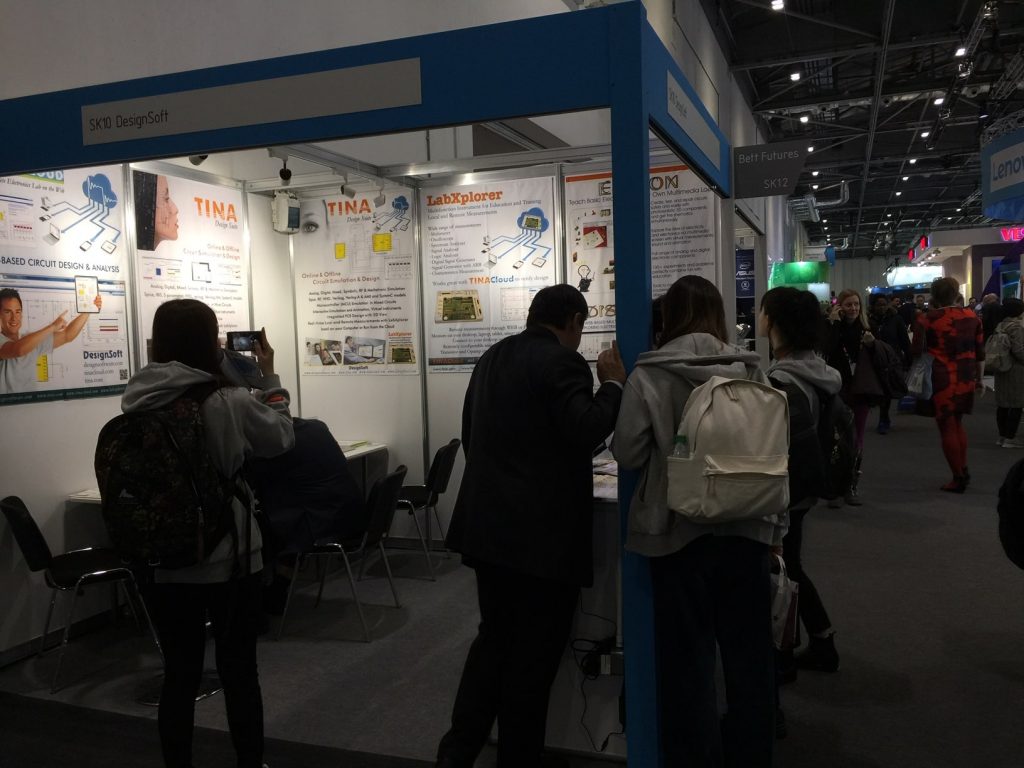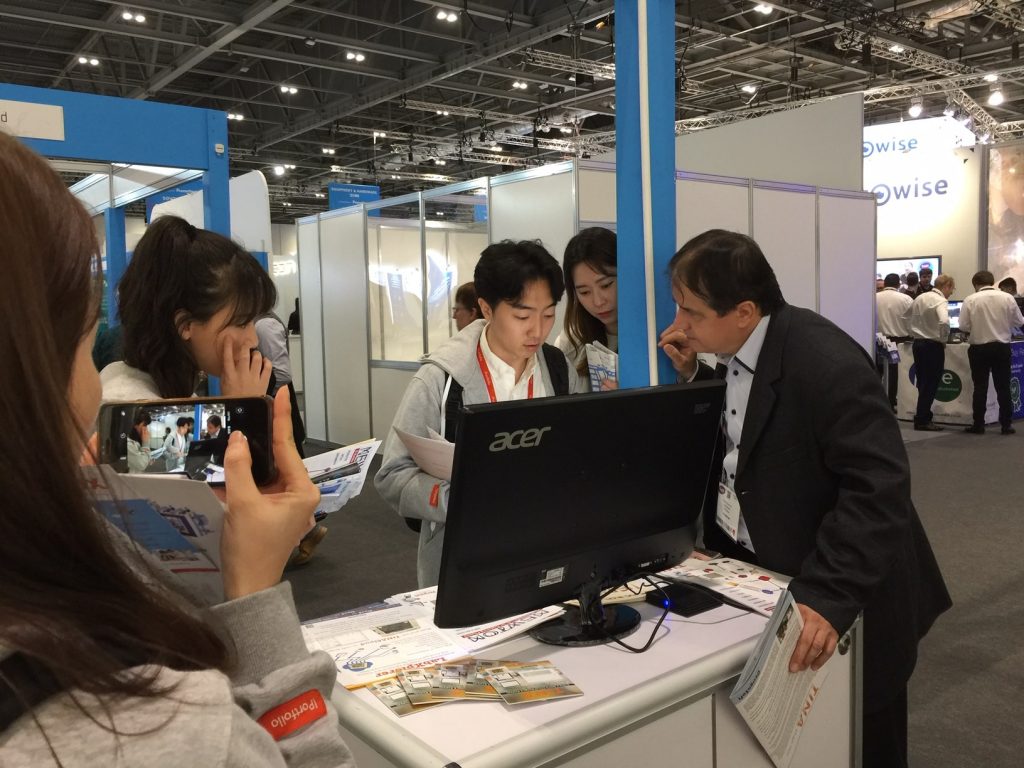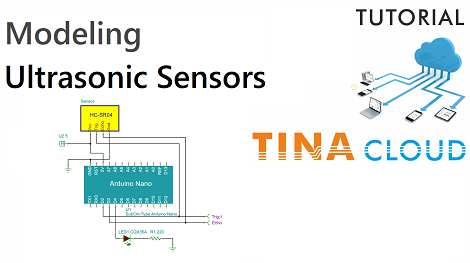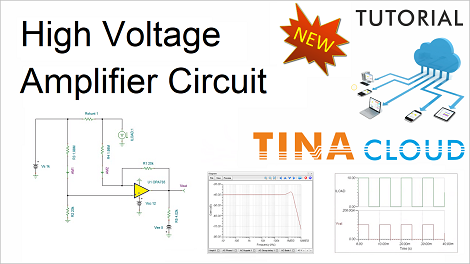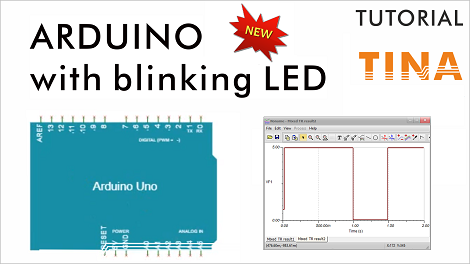Dear Valued Customer,
The sale you’ve been waiting for has come again!
The latest and improved version, TINA 12.1 has been released now with even more exciting features:
What’s new in TINA v12.1?
- Schematic export to Altium and ORCAD (in TINA Industrial)
- Google Cloud IOT interface
- New Arduino model: MKR1000 support
- Raspberry Pi 3 support (32 bit)
- Ultrasonic Distance sensor
There are also tons of new features and improvements from TINA v6 to v12.
What’s new in TINACloud?
- Syntax Highlighting in code editors
If you have already upgraded to v12 of TINA you will get this new version for free!
End-of-Year Promotion
For those of you who have not yet upgraded to one of our TINA 12 versions, this is the perfect time to catch up by taking advantage of our End of the Year 2019 Promotion. What’s more, when you purchase any TINA 12 upgrade or new license you will get:
- 30% discount from all prices
- Download version with software license key for 3 computers
- Online, TINACloud license for 3 years for all platforms
Don’t miss this great opportunity! Grab your copy now while you are thinking about it. The offer is valid until midnight Dec 31, 2019.
Thank you for being our customer and we look forward to serving you for many years to come.
Sincerely
DesignSoft
www.tina.com,
www.tinacloud.com



